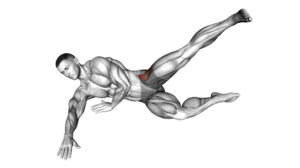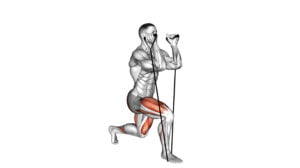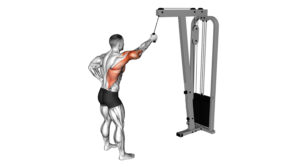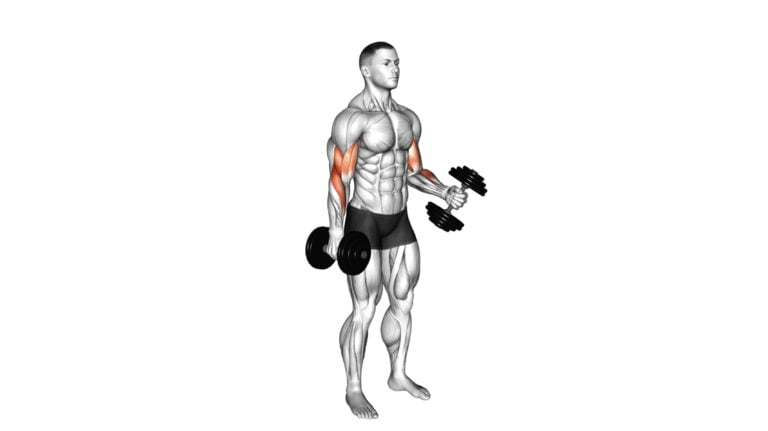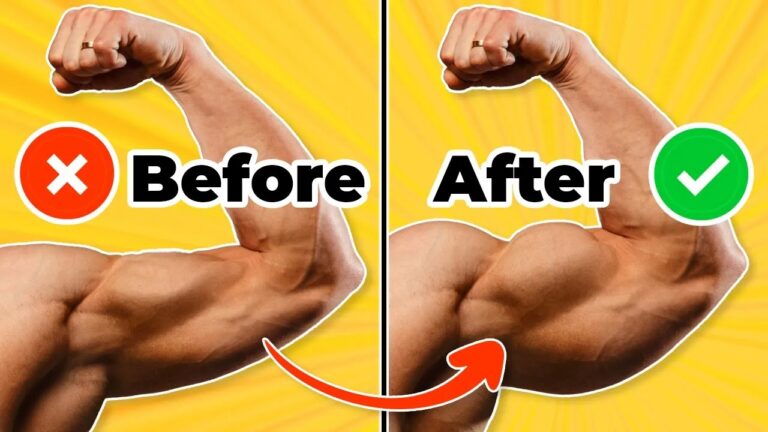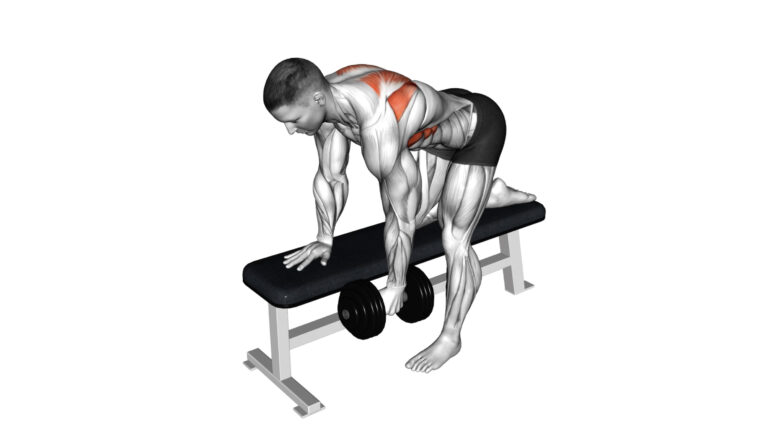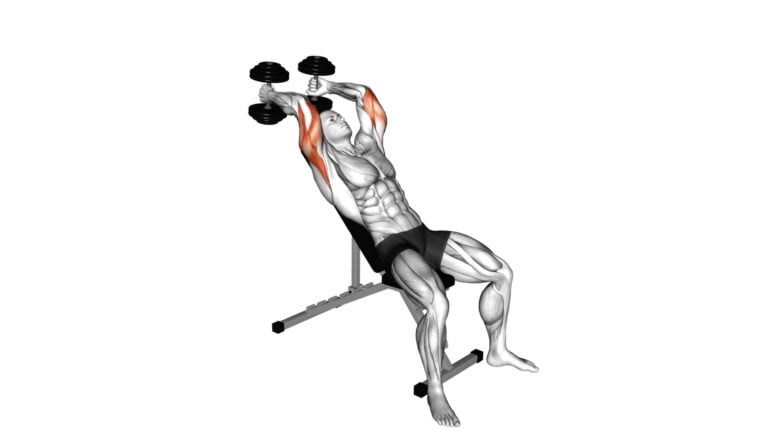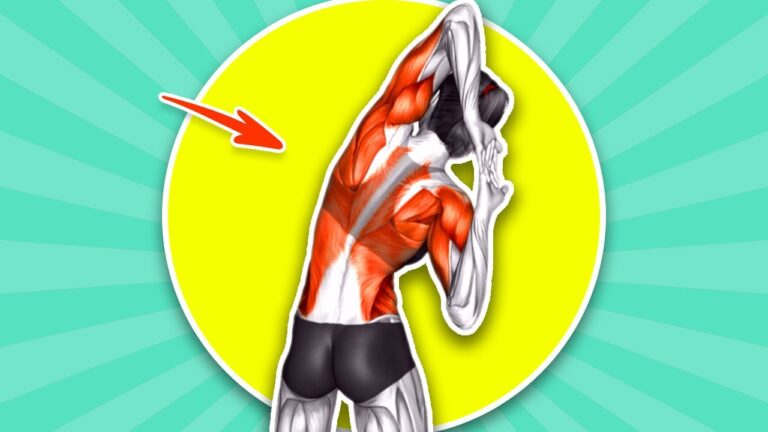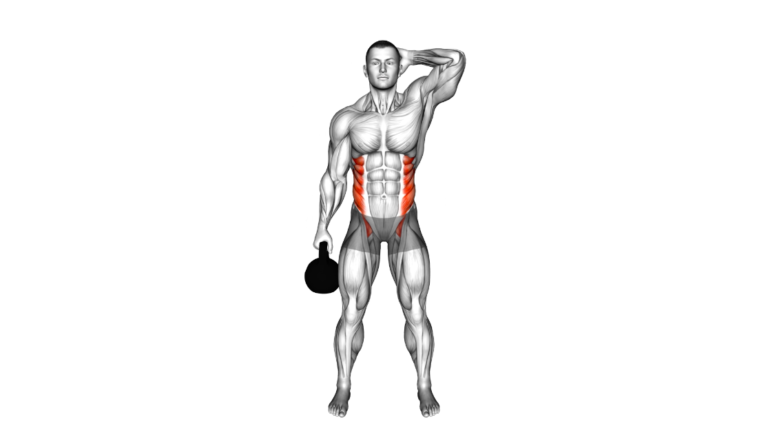3 Must-Try Exercises To Strengthen The Ql!
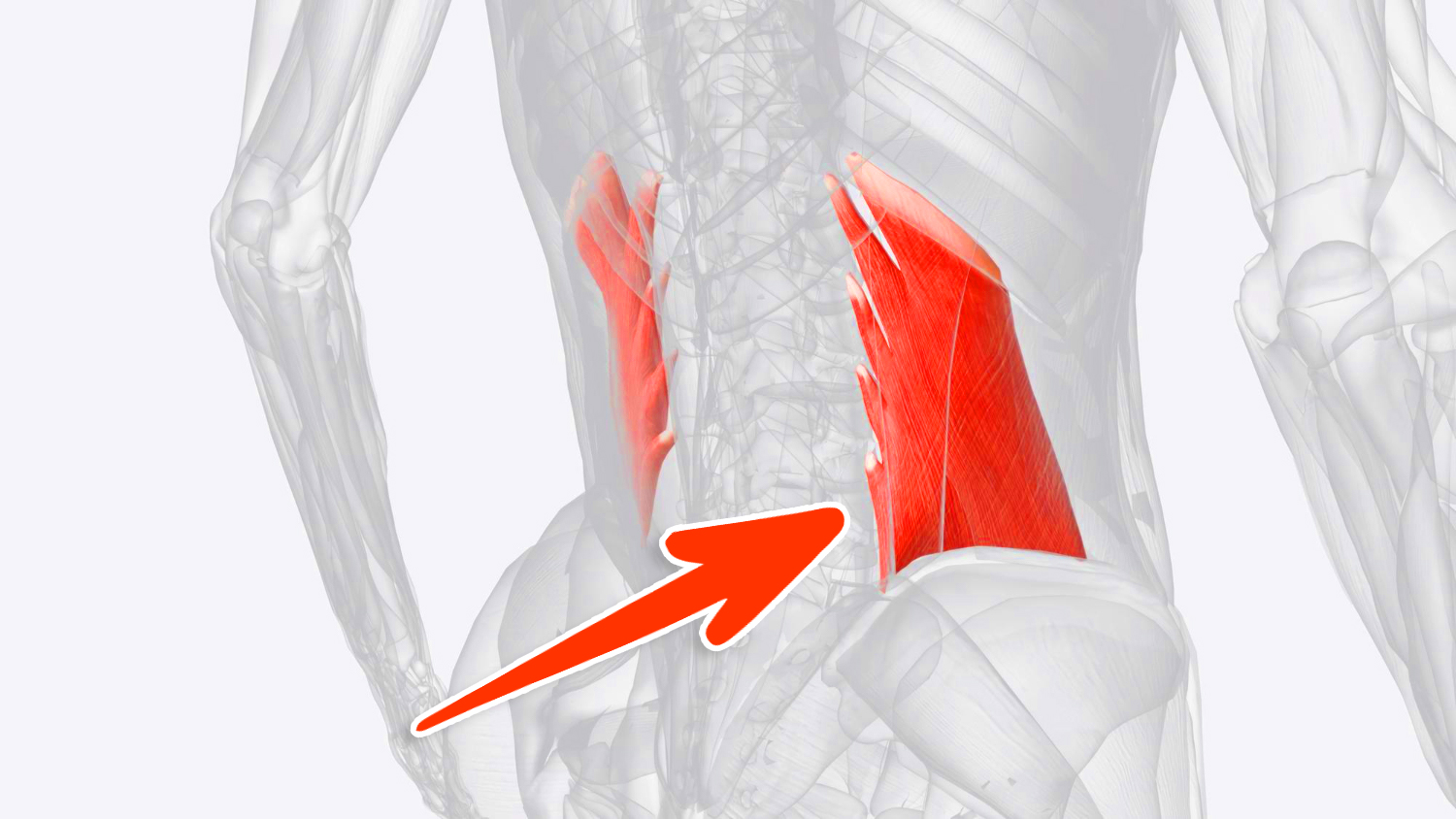
Lower back pain is a common struggle for many people today, making exercises to strengthen the ql crucial. This muscle, located deep in your lower back, plays a key role in stabilizing your spine and pelvis—reducing the risk of injury and alleviating discomfort.
The right exercises not only offer relief from low back pain but also contribute to a stronger, more resilient back. Our focus on practical, effective quadratus lumborum exercises promises insights that pave the way to achieving a ‘back of steel’.
With over ten years of experience coaching strength sports and fitness, I bring a wealth of knowledge about how to safely stretch and strengthen this vital muscle. My background as a certified personal trainer has taught me that integrating specific quadratus lumborum stretches and strengthening routines into your exercise regimen can drastically improve your posture, range of motion, and overall spinal health.
Ready? Here are some top-notch strategies to fortify your lower back.
Key Takeaways
- Side planks help make your lower back strong by working the ql muscle. Lift your hips and keep your body straight.
- Suitcase carries build core strength. Hold a heavy object and walk with your shoulders level to work both sides of your body.
- Horizontal Pallof Press strengthens the lower back and core by pushing a band overhead while keeping the body straight.
Why Strengthening the Quadratus Lumborum is Essential

Strengthening the quadratus lumborum, or QL muscle, is key for anyone looking to bulletproof their lower back. This often-overlooked muscle plays a big role in stabilizing the spine and supporting our core.
If it’s weak, you’re more likely to experience one-sided low back pain or even strain this vital area. I’ve seen many clients improve their posture and reduce discomfort after adding exercises to strengthen the ql into their routines.
One reason why taking care of your QL is so crucial? It helps with movements like side bends and twisting your torso – things we do every day without thinking. A strong QL also means better balance and less chance of injury, whether you’re picking something heavy off the floor or reaching for an item on a high shelf.
Plus, strengthening it can help prevent lower back pain – a common complaint among adults worldwide.
A balanced body starts with a strong foundation, and that includes the muscles most people don’t think about – like the quadratus lumborum.
Next up: let’s explore some effective quadratus lumborum exercises that will strengthen this critical area.
Effective Quadratus Lumborum Exercises
Doing exercises to strengthen the QL is key for a strong lower back. These moves help your core and keep you stable.
Perform a Side Plank for QL Stability
A side plank is a fantastic exercise for bulletproofing your lower back. It targets the quadratus lumborum, a key muscle for stability and strength.
- Start lying on your side with your legs straight.
- Prop your upper body up on your elbow, making sure it’s directly under your shoulder.
- Lift your hips off the ground until your body forms a straight line from ankles to shoulders.
- Keep your free hand on your hip or raise it towards the sky for more challenge.
- Press down through your forearm to activate the quadratus lumborum muscle even more.
- Hold this position without letting your hips drop to maintain QL engagement.
- Aim to hold the side plank for 20 to 30 seconds, then switch to the other side.
- To make it harder, stack one foot on top of the other instead of keeping them together.
- Breathing plays a big role; breathe deeply and evenly throughout the hold.
10 Focusing on endurance, try increasing how long you can hold this position over time.
11 As part of a low back resilience program, incorporate this exercise regularly into your routine.
This simple yet effective pose strengthens not just the quadratus lumborum but also works core muscles around it for overall stability and strength in the lower back area.
Master the Suitcase Carry for Core Strength
After getting the hang of side planks, it’s time to challenge your core and QL strength even more. Doing the suitcase carry is a top exercise for this.
- You need a heavy object, like a dumbbell or kettlebell.
- Stand tall, keeping your feet shoulder-width apart.
- Pick up the heavy object with one hand.
- Keep your arm straight down at your side.
- Make sure your shoulders stay level, not dipping to one side.
- Walk forward in a straight line.
- Take steady steps, and keep your pace consistent.
- Focus on engaging your core muscles as you walk.
- Your QL and abdominal muscles work hard to keep you upright.
- Aim for walking a certain distance, then switch hands and walk back.
- Doing this strengthens both sides of your body equally.
- Add this move to your routine regularly for best results.
This exercise tests your balance and builds strength in the lower back muscle and core area. It’s great for people who want pain relief from quadratus lumborum strain or just wish to prevent injury there in the first place. Plus, it boosts strength and endurance across your entire lower body—making every step count toward a stronger you!
Execute the Horizontal Pallof Press
The Horizontal Pallof Press is a top exercise for strengthening your lower back and core. It touches on everything you need to know about challenging your stability while activating the QL and surrounding muscles.
- Grab a resistance band and fix it to a sturdy point at chest level.
- Stand with your side to the anchor, feet shoulder-width apart, for a balanced starting position.
- Hold the end of the band with both hands in front of your chest, arms fully extended.
- Engage your core and glutes to keep your body straight and stable.
- Press the band slowly until your arms are straight above you.
- Your torso might try to bend away from the band; use your QL and core to keep straight.
- Pause at the top with your biceps close to your ears, feeling the stretch in the QL.
- Bring your hands back to chest height carefully.
- Do this motion for 8-12 reps before switching sides to ensure even QL strengthening exercises.
From my years coaching athletes and fitness enthusiasts, I’ve seen how vital unilateral exercises like this one can be for correcting muscle imbalances and building strength evenly on both sides of the body. The Horizontal Pallof Press is great not just for athletes but anyone looking to build a healthy, resilient lower back and a strong core foundation. Adding this move into your routine could help prevent lumborum pain by ensuring those muscles are well-equipped to handle daily tasks and avoid strain or one-sided low back issues.
Best Practices for Safe Quadratus Lumborum Workouts

Warm up before starting exercises to strengthen the ql. A good warm-up wakes your muscles up and gets them ready for more action. Include stretching the ql in your routine. This helps keep your lower back flexible and prevents injury.
Always move slowly through the stretches and don’t push too hard.
Use correct form during each exercise, whether you’re doing a side plank or a suitcase carry. Keeping your body aligned properly protects you from hurting yourself. If something feels wrong, stop and check your position.
Also, add variety to avoid overworking the quadratus lumborum muscle located near your lumbar spine. Mixing different types of movements can help keep workouts balanced and safe.
Conclusion

Working on your lower back is key. We showed you how to use side planks, suitcase carries, and Horizontal pallof presses for this. These moves are easy to do and really work well. They make the ql muscle strong and keep pain away.
Keep doing these exercises to strengthen the ql often for a healthy back. This effort will pay off by keeping you active and free from injury.
FAQs
1. What are the best exercises to strengthen the ql?
To make your lower back strong, start with exercises like the ql stretch, lying on your back extensions, and side bends. These moves help work out the quadratus lumborum muscle, which is key for a pain-free back.
2. Can stretching help with quadratus lumborum pain?
Yes! Stretching is great for easing pain in this area. Try doing a ql stretch by bending to the side or lying down and bringing your knees to your chest. It helps loosen things up and can reduce discomfort.
3. How often should I do these exercises?
For good results, mix these specific exercises into your routine about three times a week. This way, you’ll steadily build strength in your lower back without overdoing it.
4. Are there any breathing exercises that can activate the ql?
Absolutely! Breathing deeply while focusing on expanding and contracting your torso can really activate the muscles around your quadratus lumborum during workouts.
5. What if my quadratus lumborum becomes injured?
If injury strikes – don’t worry too much! Rest up first; then slowly begin with gentle stretches like pulling one knee towards you while lying down or carefully bending from side to side—always listen to what feels right for you.
6. Do I need special equipment for these workouts?
Some of these exercises only require using body weight as resistance—like when doing single-leg extensions or working through full ranges of motion on hands and knees—making them easy to do anywhere.

Author
Years ago, the spark of my life’s passion ignited in my mind the moment I stepped into the local gym for the first time. The inaugural bead of perspiration, the initial endeavor, the very first surge of endorphins, and a sense of pride that washed over me post-workout marked the beginning of my deep-seated interest in strength sports, fitness, and sports nutrition. This very curiosity blossomed rapidly into a profound fascination, propelling me to earn a Master’s degree in Physical Education from the Academy of Physical Education in Krakow, followed by a Sports Manager diploma from the Jagiellonian University. My journey of growth led me to gain more specialized qualifications, such as being a certified personal trainer with a focus on sports dietetics, a lifeguard, and an instructor for wellness and corrective gymnastics. Theoretical knowledge paired seamlessly with practical experience, reinforcing my belief that the transformation of individuals under my guidance was also a reflection of my personal growth. This belief holds true even today. Each day, I strive to push the boundaries and explore new realms. These realms gently elevate me to greater heights. The unique combination of passion for my field and the continuous quest for growth fuels my drive to break new ground.

